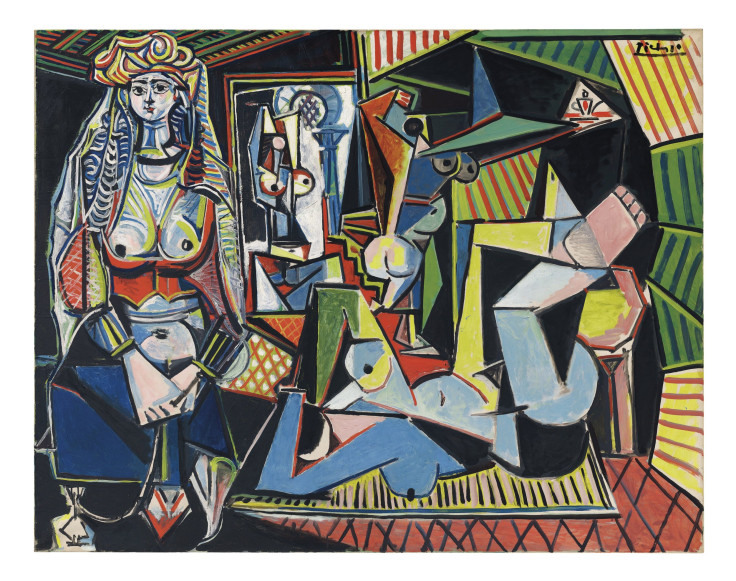Why Blockchain Is The Future For Investing In Fine Art

Blockchain technology can transform the way the financial world works. Besides being highly secure, transparent and robust, the key aspect revolutionizing the industry is that blockchain lets parties handshake and transact without intermediaries. By combining advanced cryptography with decentralized security, blockchain platforms democratize access to capital very much like email democratized access to communication worldwide.
This creates opportunities and threats for financial institutions. Well-established players who rely on being the trusted middle man are at risk. There is a reason companies like Visa or Western Union are researching and investing in the technology best-known for underpinning the digital currency Bitcoin. If people can make payments and transfer money across borders without needing a bank account or a third party, then these institutions’ business models crumble. The blockchain technology creates its own smart contracts to govern value transfers, meaning there is no need for a third party to verify the transaction. Its currency is trust.

Now, payments and remittances are not the only transaction areas dominated by intermediaries. Other industries such as real estate and fine art are also controlled by brokers and dealers — and they are ripe for disruption.
Fine art investment, in particular, has operated practically the same way for hundreds of years, with large auction houses like Christie’s and Sotheby’s setting high fees (up to 25 percent), controlling liquidity and access to information. They can get away with it because their centuries-old reputation makes them hugely trusted. But what if you could replace trust based on reputation with trust based on technology?
The $56 billion art industry is in desperate need of open and fair marketplaces that create transparency and liquidity. Blockchain technology can provide the foundation for a secure and efficient market that enables buyers and sellers to transact directly without intermediaries.
Want to own a Monet? A Van Gogh? Now, millions of people who have been priced out of the exclusive art market, can own a piece of a Picasso. Blockchain platform Maecenas democratizes access to fine art investment. It converts million-dollar artworks into smaller, financial units that can be bought and sold easily — literally at a fraction of the cost. For the first time, technology will allow investors, collectors and owners to exchange shares in paintings and sculptures easily and instantly, similarly to how stocks are traded today. And galleries benefit too. When a museum wants to add Rembrandt to its collection, it no longer has to ask a bank for a large loan and then submit to high auction- house fees. In
Art has long been an attractive asset class, thanks to its resilience in downturns and its long-term capital appreciation. And recent surveys show interest in fine art among investors and wealth managers is on the rise. But despite all that, the art finance industry is struggling to see trading volumes make new highs. The problem is that access to information is patchy as long as pieces are traded almost exclusively at outdated venues. Sales are still processed manually and settlement can take weeks. The inefficient, opaque process discourages too many potential investors, meaning a
Maecenas aims to make that happen. Investors will be charged a fee of just 2 percent each trade while owners pay no more than 6 percent of the price of their pieces. The brainchild of experts in financial technology and the art world, the company has received funding from a Swiss venture capital business, Polytech Investors, and galleries and collectors are lining up to list artworks at the platform’s launch.
Masterpieces will be traded briskly through an open exchange, giving frequent updates of what the artworks are really worth. Portfolio managers will be able to price their positions more accurately and diversify their risk by investing in a range of different art assets. They will no longer need to have their funds concentrated in a handful of hard-to-sell pieces.
Art should become a first-class citizen in capital markets, and have rich market data feeds, order books, indices and even derivative markets.
Blockchain can save the art investment world.
Marcelo Garcia Casil is co-founder and CEO of Maecenas, a financial technology expert, experienced in designing and building large-scale enterprise-grade applications, primarily focused on investment banking and financial systems.
© Copyright IBTimes 2024. All rights reserved.



















